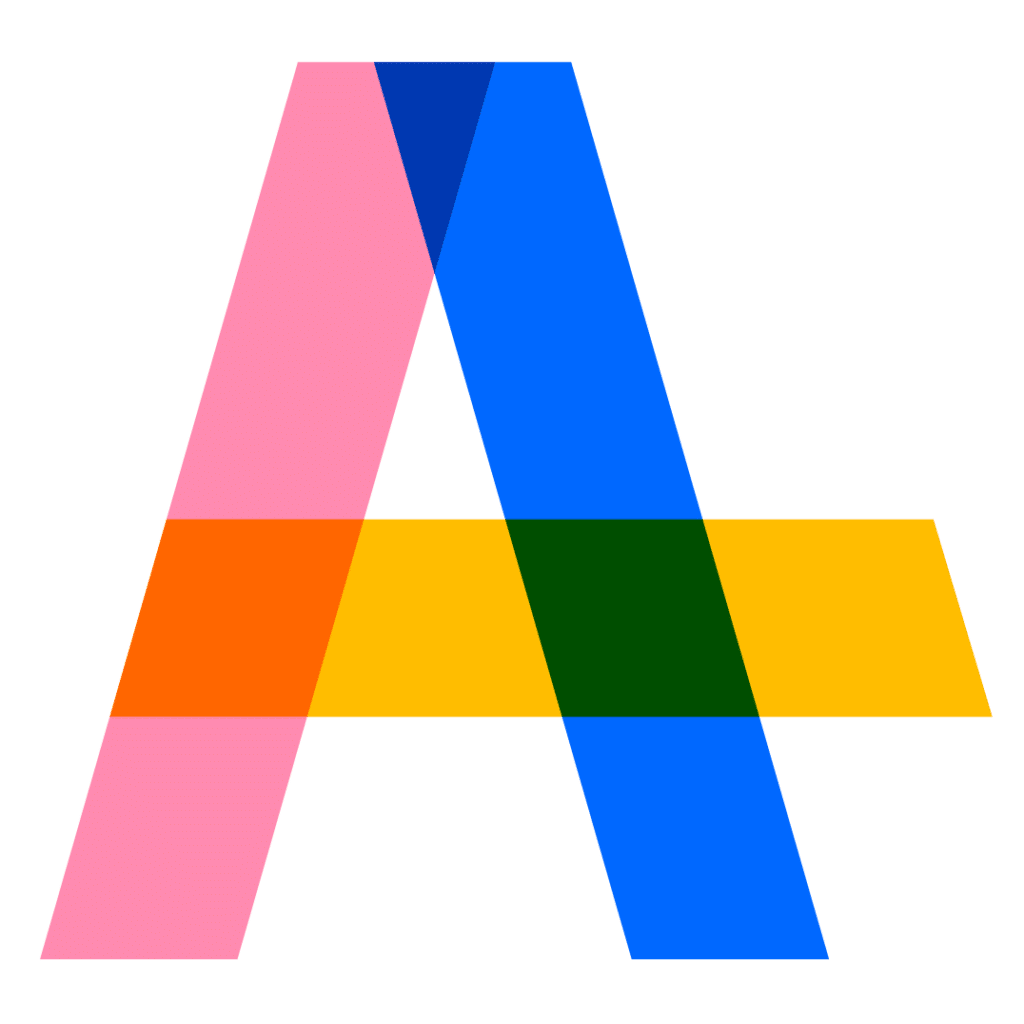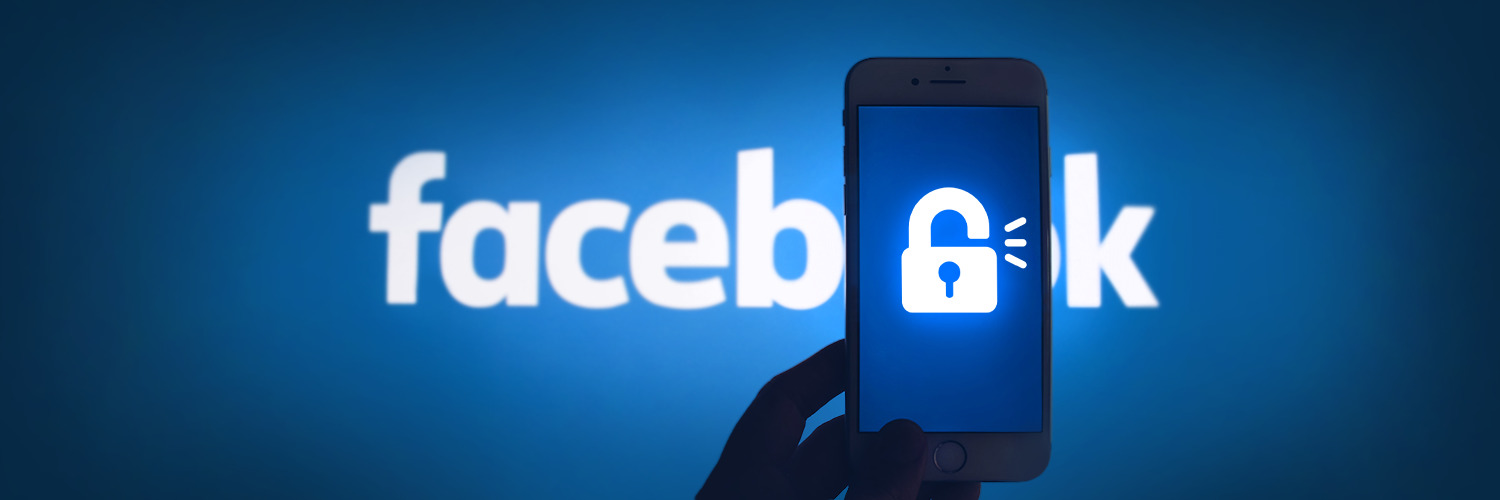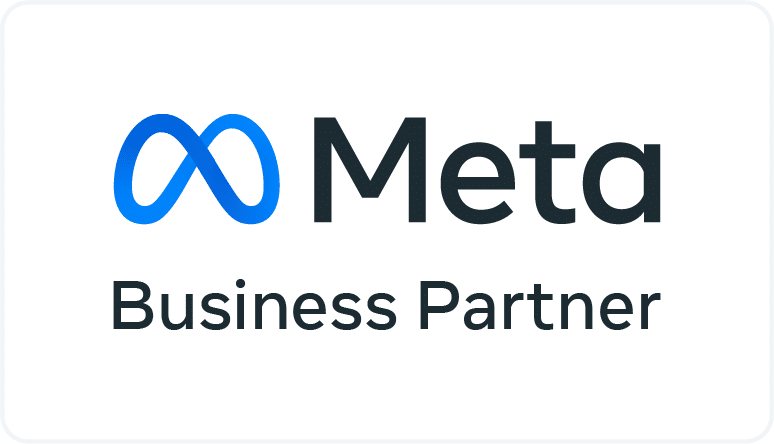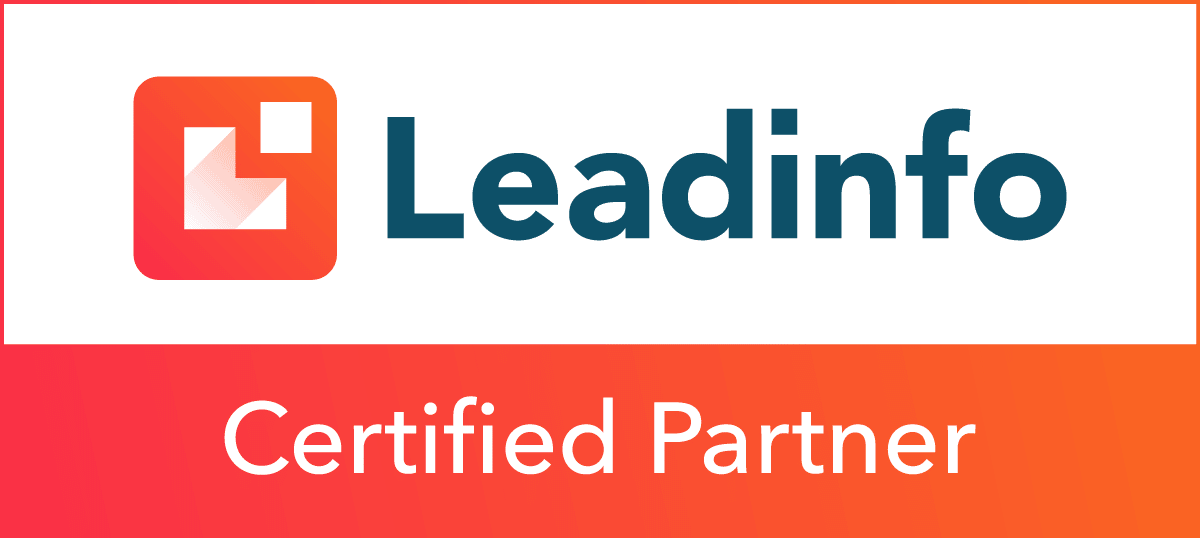The advertising environment is becoming more complex as social media grows faster and faster each day. Those who specialise in Facebook Ads must be able to act agilely and keep track of multiple factors: Creative trends, changes to a volatile industry, new privacy regulations, changes in the user data provided, new attribution models, and more.
Accordingly, many of our clients have similar questions about Facebook Ads in 2021: How do I scale my ads while maintaining agility? How do I optimise my ROAS (Return on Ad Spent) in these uncertain times? And can Facebook Ads still be lucrative at all in 2021? Do we recommend switching to TikTok Ads?
Of course, there is no “one-size-fits-all” cure-all, and some tricks work well at times, but are less effective at others– it all depends on the customer. Nevertheless, we are happy to share a handful of methods and tips that are worth trying out and that can be implemented quickly and easily. This blog post will mainly focus on the following topics:
- What adjustments you can make to your ads to stand out from the crowd
- What you can do to get to faster results
- How to optimise images, videos and texts for 2021
Try these hacks and take your ROAS to the next level.
1. Use as many ad formats as possible
Just as there is no one ad for everything, there is no one ad format for everything. Facebook knows this and rewards advertisers with many different formats, be it images, videos, carousels, animations or more.
All 6 hacks at a glance
- Use as many ad formats as possible
- Camouflage your ads to match the organic content
- Be the first to comment on your Facebook Ad
- Refresh & Relaunch: avoid advertising fatigue
- Post Purchase Story Flow
- FTO: Fast take off method
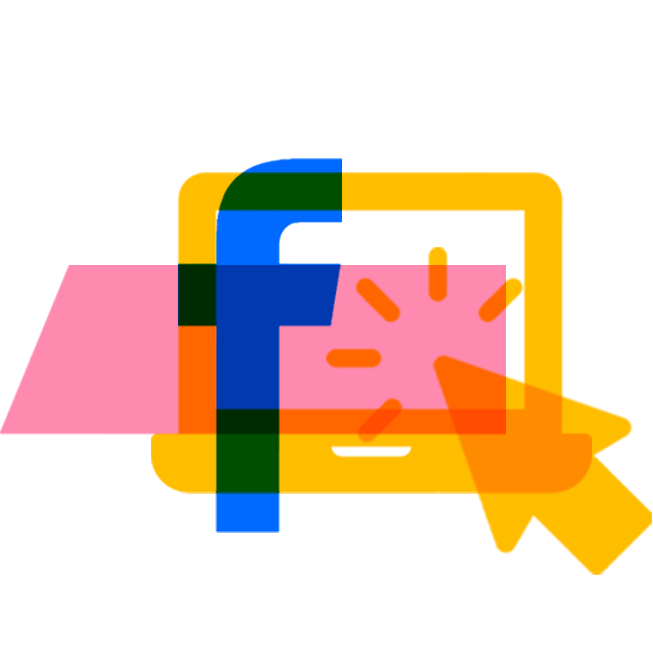
This allows Facebook to tailor your ads to the different needs and preferences of your target audience: Users who like to swipe left and right, for example, get carousel ads; users who mainly consume video content get videos; users with poor internet connection get a fast loading image. Multiple ad formats allow you more freedom to offer different placements and give the algorithm enough leeway.
Facebook Ads: Tips for creating varied ads
Looking for inspiration on how to make ads different than the typical 1:1 format? Here are a few ideas:
- Take up more space in the feed: We recommend that our customers also test ads in 4:5 format. These allow brands to take up a large part of the feed and generate more attention than smaller ads such as the 9:16 format.
- A true trend in 2021: Carousel Ads! Carousel ads are a great way to tell stories or put a lot of content in one ad. Ever thought of boosting your social proof and featuring different testimonials with a carousel ad? Insider tip: They perform best when the content includes multiple mediums: videos, static images, and text. Story carousels also offer the opportunity to accommodate up to 45 seconds of video for relatively low auction prices.
- Test videos with voice-over! We’ve taken this trick from the hype platform TikTok and repurposed it for Facebook and Instagram. What you need: a natural video that’s fun to watch, with the addition of an audio track telling your story and explaining your product. Very important: think of a (verbal) call to action (CTA). Find a great example (in German) here.
2. Camouflage your ads to match the organic content
No one uses Facebook or Instagram to specifically buy something or sign up for a newsletter; on the contrary, a large proportion of users, especially millennials, notice ads within seconds and continue scrolling, or are even annoyed by the overly catchy slogans and offensive CTAs. Understandable, right?
Address your target group precisely: refer either to locations, their interests, or professional fields. Addressing your target base directly creates proximity and strengthens relevance.
More and more brands are therefore adapting to the look and feel of the carrier medium to disguise their ads. This results in ads that offer a high level of informative or entertaining added value and thus clearly score points over classic display ads in terms of high interaction rates.
Seamlessly integrate Facebook Ads
But how do we design and place ads that fit seamlessly into the platforms and still stand out and generate engagement?
Wes McDowell, for example, argues for the less commercialised “Stories” ad space and recommends “selfie-shot” story ads: simple stories in which a person speaks directly into the camera in “selfie style.” McDowell achieved the following effects with those ads:
- Up to 20% lower costs
- Up to over 60% more conversions
Nevertheless, it is important to place a clearly formulated CTA in good time. Also try to address your target group precisely: refer either to locations, their interests, or professional fields. Addressing your target base directly creates proximity and strengthens relevance.
Get help with social ads
User-generated content is also an excellent way to create native ads. The look and feel of the content blends in unnoticed between organic posts or stories and builds trust between the brand and the users.
3. Be the first to comment on your Facebook ad
This tip seems almost too trivial, which is why many marketers don’t have it on their radar: Be the first comment under your ads. Use the comment function and provide additional information about your brand, refer to a related product or answer a few common FAQs as a precaution. This way you make yourself closer as a brand and use more space in your ads for free 🙂
4. Refresh & Relaunch: avoid ad fatigue
Due to the high level of user engagement in today’s media, as well as the fast-moving nature of content on social platforms, it is increasingly important to demonstrate a certain agility in the paid area as well. Advertising fatigue occurs quickly when the selected target group sees the ad too often, gets bored and the ad becomes irrelevant and tiresome. This in turn leads to campaigns being less effective and also being classified as less relevant by Facebook
3 signs that your audience is suffering from ad fatigue
- Low CTR (click-through rate): CTR is one of the most important KPIs when it comes to tracking and measuring ad fatigue. The CTR indicates how engaging and attractive the ad is to its target audience, and more importantly, how motivated the target audience is to learn more about the product. Compare the CTR over the life of the campaign; if it drops significantly, it may indicate that the ad has lost relevance.
- Declining engagement: Another indicator of declining interest in the ad is the interaction rate. Compare comments and shared content of your ad; if they decrease significantly, this can also indicate ad fatigue of your target audience.
- Declining impressions: High relevance of a post is rewarded with many impressions (this applies to organic as well as paid content on social media). However, if impressions also decline over the life of the campaign, this also indicates a loss of relevance and thus an increase in advertising fatigue.
How to avoid ad fatigue with Facebook ads
We advise tactic #4 “refresh & relaunch”, which means: change your creative elements weekly. You can either rotate multiple ad variants in dynamic settings, or schedule multiple ads so that the ads alternate every day. This avoids high repetition density of the ads and thus potential ad fatigue.
One more tip: repetition or frequency is not necessarily bad. We recommend these insights on ad frequency, because a certain frequency is necessary to reach the audience at the right moment and to create brand awareness.
5. Post Purchase Story Flow
A wonderful way to strengthen your relationship with customers is through the post-purchase phase. We particularly like to recommend the post-purchase story flow – i.e. one to three story ads that are specifically targeted at customers after the purchase. But be careful– this is not about convincing them directly to make a new purchase; rather, the post-purchase flow serves to polish up the customer retention rate. Show customers that you value them and that they are now part of the “family”. This also offers the opportunity to explain soft USPs again– for example, to refer to sustainable production or to present the values or vision. Only in a next step, i.e. after the consumption of these ads, do we recommend targeting your post-purchase audience again with an upsell or to draw their attention to another product in a cross-sell.
6. FTO: Fast take off method
Especially for smaller companies, it may take some time until enough data is available to optimise. In this case, an FTO, a “Fast Take Off” method, is recommended to speed up the process.
How to speed up the delivery of your campaigns
- When setting up a new campaign, select a daily budget that significantly exceeds the planned media budget. Select “Standard” as the delivery option.
- Keep an eye on the ad (especially due to the increased media budget) and wait until it has reached 10,000 impressions. Then the ad can be evaluated in detail based on the sufficient amount of data available.
- Now start a new campaign with the planned budget and the learnings of the FTO campaign. But be careful– Facebook needs at least 24 hours to adjust after an intervention in the ad delivery, so it is recommended to wait at least 24 hours before evaluating the efficacy after a change in the campaign settings.
And finally:
We hope we inspired you to try one of our Facebook Ad hacks. We have deliberately avoided complicated and time-consuming hacks, because we know that optimising is a full-time job, and not everyone has that kind of time. Are you also on other platforms and looking for new tips and methods to scale your Google Ads? Then don’t miss our blog post with 6 Google Ad Hacks.
If you know of any other hacks that have helped you optimise your performance, feel free to share them with us on our social media channels. We never stop learning and are always happy to receive new input and insider tips to enhance our tool stack for 2021.
If you have any further questions about the hacks or need help managing your Facebook and Instagram campaigns, don’t hesitate to contact us directly. Even a quick look at your ad account can go a long way, which is why we’re always happy to point you to an audit.
We’re media planning experts
